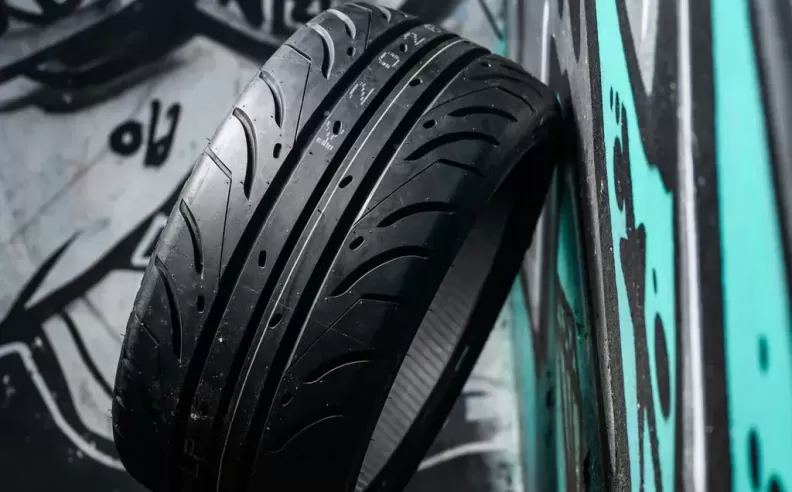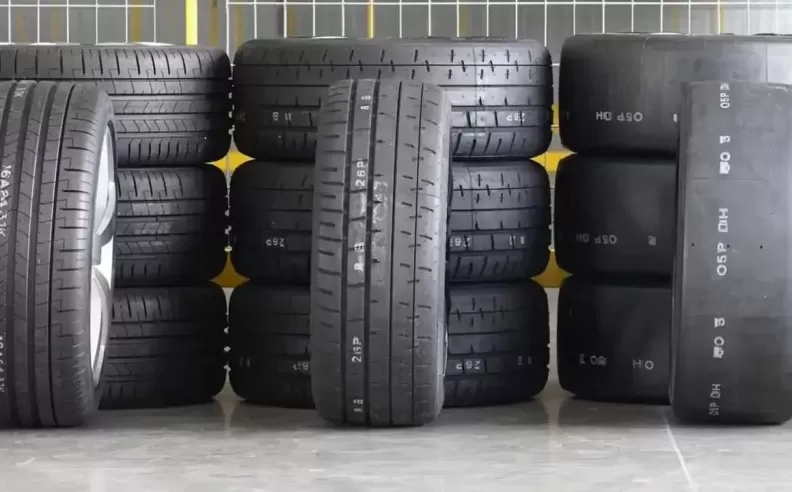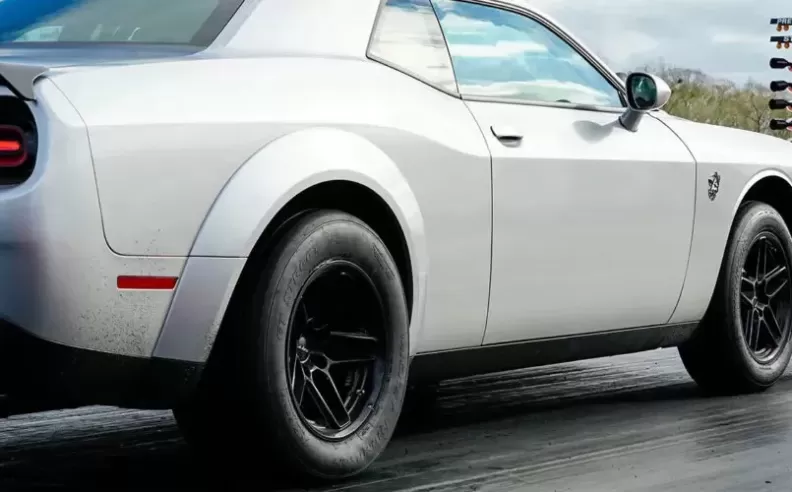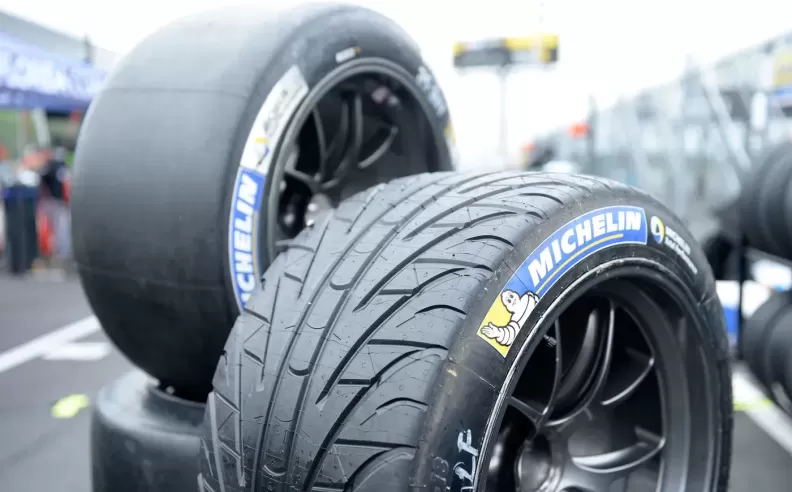
When it comes to the world of automotive performance, the type of tires used can make a significant difference. Whether you're driving on the open roads or seeking to push the limits on a racetrack, the choice between street tires and race tires can greatly impact your vehicle's performance and handling. In this article, we will delve into the distinctive characteristics and key differences that set street tires and race tires apart.

Street Tires: Designed primarily for everyday driving, street tires prioritize comfort, longevity, and all-weather capabilities. They are built with a focus on providing a smooth and quiet ride. The tread patterns of street tires are optimized for effective water dispersion, reducing hydroplaning risks.
Race Tires: In contrast, race tires are engineered for maximum performance on racetracks. These specialized tires are constructed with high-grip compounds and advanced sidewall reinforcements. The tread patterns of race tires are designed to optimize traction during high-speed cornering, ensuring superior grip and handling.

Street Tires: Street tires utilize a compound that strikes a balance between grip and durability. These tires are formulated to offer a longer tread life, making them suitable for day-to-day driving. While they provide decent traction in most conditions, they may not excel in extreme temperatures or high-performance scenarios.
Race Tires: Race tires are developed with a much softer and stickier compound that maximizes grip on dry surfaces. The compound is designed to reach optimal operating temperature quickly, ensuring optimal performance during intense track sessions. However, race tires tend to wear out faster due to their softer composition.

Street Tires: The tread patterns on street tires are created to accommodate a wide range of road conditions. They feature sipping and grooves that enhance traction on wet and slippery surfaces. Street tires provide predictable handling and stability for daily driving, but their design may limit performance during aggressive cornering.
Race Tires: Race tires possess a unique tread pattern that focuses on maximizing contact with the road during high-speed maneuvers. The grooves are minimal, allowing for larger contact patches and superior grip on dry surfaces. The reduced tread depth also facilitates better heat dissipation during intense track sessions.

Street Tires: Street tires are engineered to endure thousands of miles while providing a comfortable ride. Their construction prioritizes longevity, allowing drivers to go for extended periods without the need for replacements. These tires offer reliable performance in various weather conditions, making them ideal for daily commuting.
Race Tires: Race tires prioritize performance over durability. Due to their soft compound and specialized construction, they offer exceptional grip and handling on racetracks. However, they have a shorter lifespan and are not recommended for prolonged street use. The high temperatures generated during intense track sessions can cause rapid wear and degradation.
Understanding the differences between these two types of tires is crucial for choosing the right set that aligns with your driving preferences and needs.

Wael is an automotive content writer specializes in creating written content for Motor 283. Producing a wide range of content, including blog posts, articles, product descriptions, reviews, and technical guides related to cars, trucks, motorcycles, and other vehicles, with an unprecedented passion for cars, and motorcycles.
